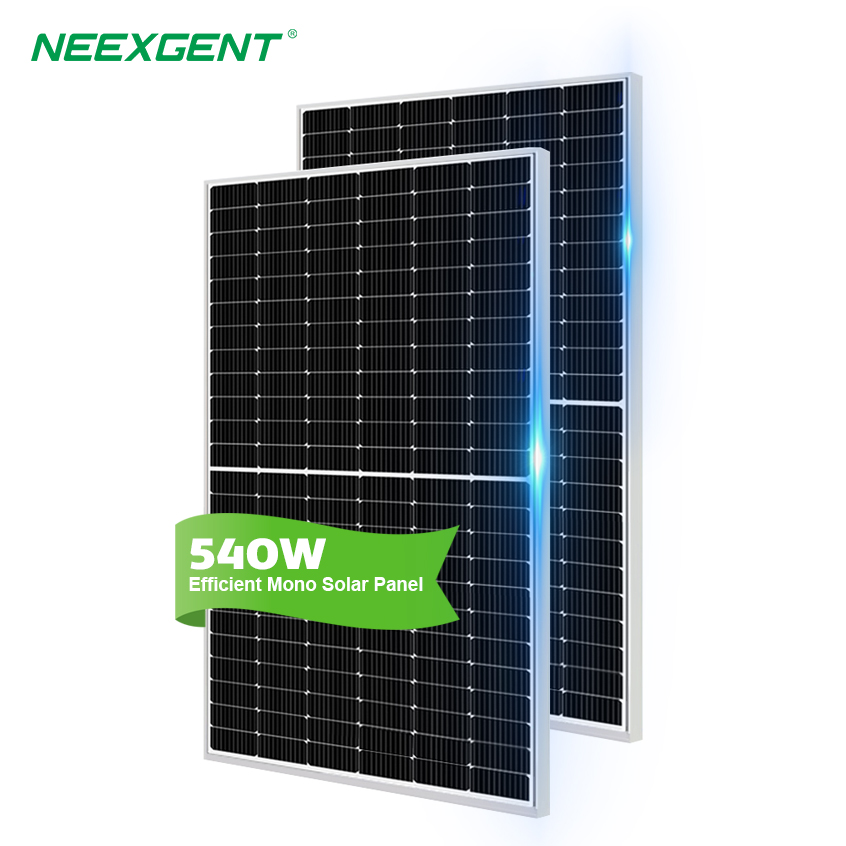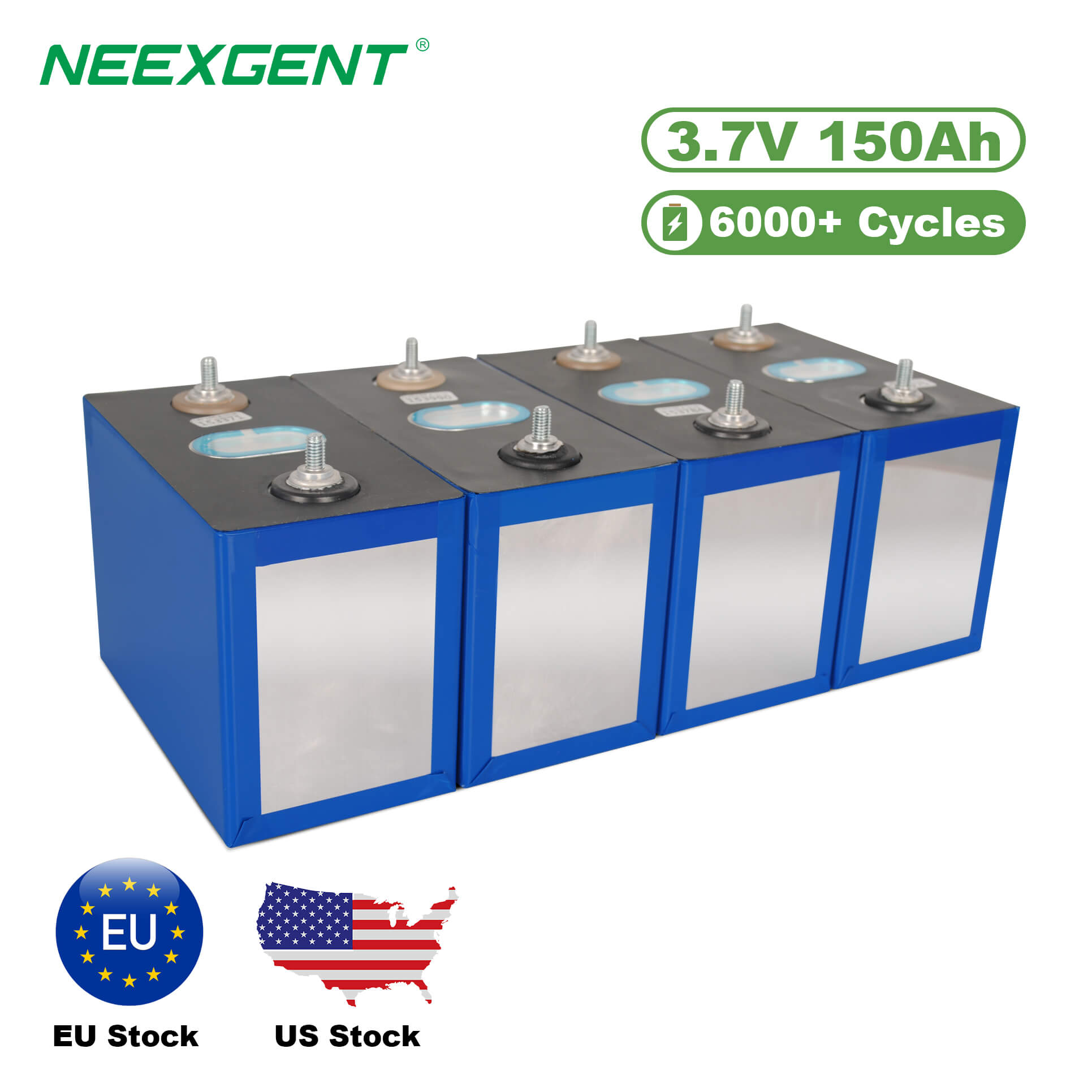Contents:
As the world shifts towards sustainable energy solutions, solar power has emerged as one of the most effective ways to reduce environmental harm. By installing solar panels, individuals and businesses contribute to a cleaner, greener planet while also benefiting from renewable energy. Below are the key environmental advantages of solar energy.

Reduction in Greenhouse Gas Emissions
Solar panels generate electricity without emitting carbon dioxide (CO₂) or other harmful greenhouse gases. Unlike fossil fuels, which release large amounts of CO₂ into the atmosphere, solar energy production remains clean throughout its lifecycle. According to the International Energy Agency (IEA), solar power can prevent millions of tons of carbon emissions annually, helping mitigate climate change.
Conservation of Natural Resources
Traditional electricity production relies on finite resources such as coal, oil, and natural gas. These fossil fuels require extensive mining and drilling, which depletes natural reserves and damages ecosystems. Solar energy, on the other hand, harnesses sunlight—a virtually unlimited resource—without causing depletion or environmental harm.

Reduced Water Usage
Thermal power plants, including coal, nuclear, and gas-fired facilities, require vast amounts of water for cooling. This puts a strain on freshwater supplies, especially in arid regions. Solar panels operate without water, significantly reducing water consumption in the energy sector. This makes solar energy a sustainable solution in areas facing water scarcity.
Decreased Air Pollution
Burning fossil fuels releases pollutants such as sulfur dioxide (SO₂), nitrogen oxides (NOₓ), and particulate matter, which contribute to smog, acid rain, and respiratory diseases. Solar power eliminates these pollutants, leading to cleaner air and better public health. Cities adopting solar energy often experience improved air quality and lower healthcare costs related to pollution-related illnesses.
Lower Impact on Wildlife and Ecosystems
Unlike large-scale hydroelectric or fossil fuel plants, solar installations have a minimal impact on wildlife. They do not disrupt habitats through deforestation, mining, or oil spills. Many solar farms are designed with environmental considerations in mind, allowing for vegetation growth beneath panels and coexistence with local wildlife.
Encouraging Sustainable Urban Development
As solar panels become more integrated into urban planning, they help build sustainable cities. Rooftop solar installations reduce dependency on centralized power plants, decrease strain on the grid, and promote energy independence. Governments worldwide are offering incentives to encourage solar adoption, further accelerating the transition to green energy.
Environmental Impact Comparison: Solar vs. Fossil Fuels
| Factor |
Solar Energy |
Fossil Fuels |
| Carbon Emissions |
Zero emissions during operation |
High emissions from combustion |
| Resource Usage |
Sunlight (renewable) |
Coal, oil, gas (finite resources) |
| Water Consumption |
Minimal |
Extensive for cooling |
| Air Pollution |
None |
SO₂, NOₓ, particulate matter |
| Wildlife Impact |
Low |
High (habitat destruction, oil spills) |
Supporting a Circular Economy
Solar panels have long lifespans, typically 25-30 years, and are increasingly recyclable. Innovations in solar panel recycling are reducing electronic waste, ensuring that materials such as silicon, glass, and aluminum can be reused in new panels or other products. This helps transition the energy sector toward a circular economy, minimizing waste and maximizing resource efficiency.
Enhancing Energy Efficiency and Sustainability
Solar panels contribute to overall energy efficiency by reducing transmission losses. Traditional electricity systems rely on large power plants that distribute electricity over long distances, resulting in energy loss. By generating electricity closer to the point of use—such as on rooftops—solar panels minimize these inefficiencies and provide more sustainable energy solutions.
Reducing Land Degradation and Habitat Destruction
Unlike coal mining and oil extraction, which require extensive land use and often lead to deforestation, solar farms can be installed on already developed land, rooftops, or even floating on water bodies. This helps preserve natural landscapes while still harnessing renewable energy.
Promoting Green Innovation and Job Creation
The rise of solar energy has spurred technological innovations in battery storage, energy efficiency, and grid integration. Moreover, the solar industry creates millions of jobs worldwide, contributing to economic growth while maintaining environmental responsibility.
Solar Energy Growth Trends
The adoption of solar energy is accelerating globally, with increasing capacity year after year. The chart below illustrates the rapid growth of solar energy capacity worldwide over the past decade.
Global Solar Capacity Growth (2015-2025)
Strengthening Energy Independence
Countries and communities that invest in solar energy reduce their reliance on imported fossil fuels, increasing energy security. By harnessing the power of the sun, nations can protect themselves from fluctuating fuel prices and geopolitical energy supply risks.
Empowering Individuals and Communities
Solar energy allows homeowners and businesses to generate their own electricity, reducing dependence on centralized utilities. Community solar projects further extend these benefits to those who may not have suitable rooftops for solar panel installation.
As solar technology continues to advance, its environmental benefits will only grow stronger. Embracing solar power is a crucial step toward a cleaner, more sustainable future for all.
FAQs







